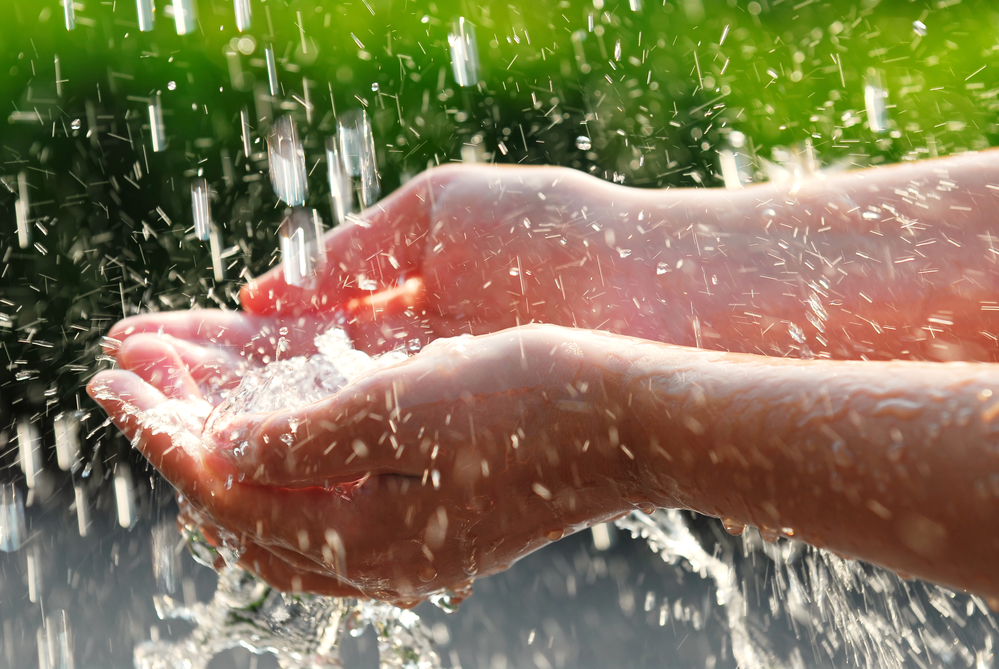Many people do not put much thought into the amount of water they use. After all, it only takes a turn of the spigot for the natural resource to be available. But the precious resource is not infinite as many people may think. It is depleting at a faster rate that if no tangible steps are taken, the future generations may be dealing with a significant water crisis.
There are some parts of the world where access to clean water is as difficult as can be – the problem is even significant in third world countries. Therefore, it is the responsibility of each of us to take the necessary steps to conserve water – it isn’t that hard.
But how do you go about conserving water?
Rainwater collection is among the simplest ways of conserving water, and anyone with the will can do it.
Methods of Collecting Rain Water
1. Rain Barrel
This is one of the most straightforward water collection methods you can utilize at home. All you need is to install a barrel beneath a downspout to funnel rainwater from the roof into it. Ideally, the container will have two spigots: one where you can attach the garden hose, and the other for the overflow.
The good thing about the barrel method is that you can purchase it from your local hardware store or you can recycle. If you choose the recycling method, make sure you know where the barrel comes from – it would be tragic to use one that was previously used on chemicals.
2. The Dry System
This involves a large rainwater storage container located a distance away from the house. It has a much more significant storage capacity and takes longer to fill. Typically the gutter channels the water into this container for storage and home use.
This method is cheap, easy to implement and stores a considerable amount of water to go for a longer time than the typical barrel.
The term ‘dry’ is coined from the fact that the collection pipe goes dry after the rain ceases. The method is perfect for areas that experience substantial amounts of rainfall.
3. The Wet System
As opposed to the dry system, the pipes in this method are always with water, underground hence the term ‘wet.' With this system, various downspouts direct the water into underground storage. When the rain stops, the level remains constant, and the pipes are always under water.
Ideally, the pipes should be watertight to mitigate chances of water seeping into the soil. And unlike the dry system, this method is a bit expensive to construct. You can learn more about this system here.
4. The Green Roof
This method does not involve a storage container, but instead, directs the water to the garden where it is used by the plants. But using this method means installing a liner to protect the roof and having in place a drainage system for the runoff.
Green roofs offer insulation to your house which means lower heating needs and costs. The system also ensures the durability of the roof.
Well there you have it, some very useful ways to capture and store rain water in your home. Hopefully this guide will prove to be useful to you when you're ready to capture and store rainwater.
